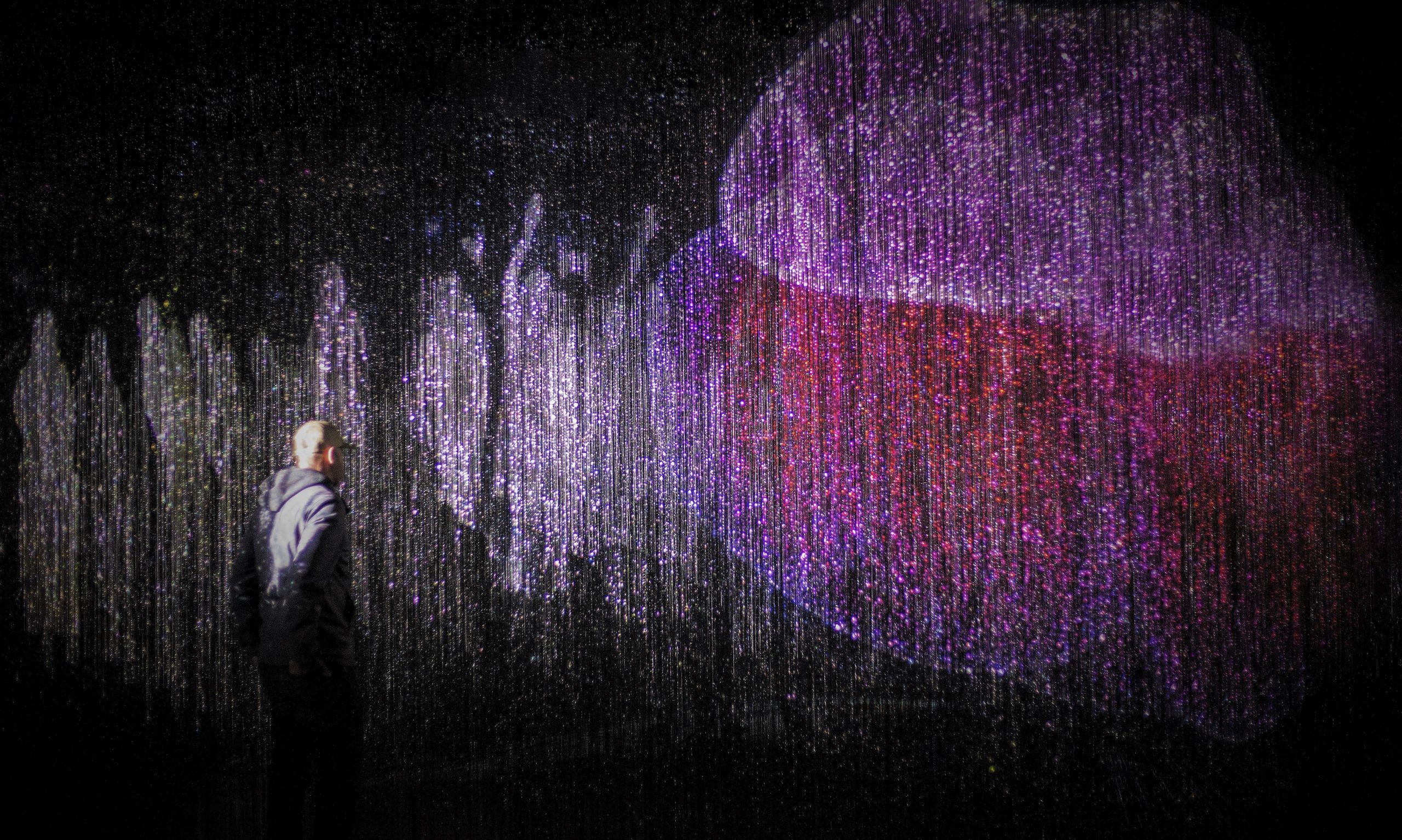The concept of humanity being “made of light” may initially evoke notions of spirituality or metaphysics; however, upon delving into the realms of physics and biology, the statement reveals profound implications. This discourse seeks to unravel the intricacies surrounding the idea that light, in various forms, plays a pivotal role in the fabric of our existence. Through exploring the fundamental nature of light, the biochemistry of human beings, and the philosophical ramifications of being composed of such ethereal particles, we shall inevitably shift our perspective on life itself.
To commence, one must first engage with the essence of light. In physics, light is understood as electromagnetic radiation that can be perceived by the human eye, primarily occupying wavelengths ranging from approximately 400 to 700 nanometers. However, light is not merely a visual phenomenon; it embodies energy, momentum, and fundamental interactions. Vision, as one might naively believe, is not the sole purpose of light; instead, its omnipresence influences a myriad of life-sustaining processes. For instance, photosynthesis in plants is a remarkable testament to light’s essential role in the biosphere, converting solar energy into chemical energy, thus underpinning the food chain.
Furthermore, light behaves both as a particle and a wave, a duality encapsulated in the quantum mechanics framework. This dual nature of light— photons embodying electrons, electrons possessing mass— invites a consideration of existence through a quantum lens. When juxtaposed with the human constitution, one recognizes that at the atomic level, the very elements that constitute our being— carbon, oxygen, hydrogen— interact via the exchange of photons. Hence, one could argue that, in a metaphorical sense, the photons associated with these fundamental particles form a bridge connecting us to the tapestry of the universe. Our atoms dance to the rhythm established by light.
Transitioning from the physics of light to the biological implications leads to exciting revelations about the human body itself. The human organism comprises approximately 70% water, an essential medium for biochemical reactions essential for life. Within this aqueous environment, light plays a crucial role that extends beyond the observable. It is documented that cells utilize light for communication and regulation of biological processes. For instance, photoreceptors in skin cells actively absorb sunlight, triggering a cascade of reactions, culminating in the synthesis of Vitamin D, vital for calcium metabolism and immunity. This crucial interaction hints at a symbiotic relationship wherein light nourishes life, reinforcing the assertion that we can be viewed as entities shaped by light.
Moreover, exploring the concept of bioluminescence further underscores the idea that light is an integral aspect of life. Certain species, ranging from fireflies to deep-sea creatures, possess the ability to produce light organically through biochemical reactions. This phenomenon denotes a significant adaptation mechanism for survival, including attracting mates or evading predators. Hence, the life forms that utilize light in such profound ways elucidate an intrinsic connectivity to the cosmos, suggesting an ancestral lineage where light served as a catalyst for evolutionary advancement.
Another fascinating aspect to contemplate is the human perception of light itself. Our ocular system, finely tuned to discern variations in light, represents an evolutionary milestone that enhances our sensory experience and situates us within an intricate ecosystem. Light, then, becomes both a medium for perception and a metaphorical lens through which we decipher our reality. Neurobiological studies assert that our emotional and cognitive processes are significantly influenced by light patterns; for instance, Seasonal Affective Disorder (SAD) illustrates how light exposure profoundly affects our mood and well-being. Hence, the notion of being “made of light” transcends mere physical composition, extending into the realms of psychological and emotional states, thereby piquing curiosity about the interconnectedness of our being.
Philosophically, the assertion that humans are “made of light” evokes contemplations regarding consciousness and existence. The ancient metaphysical notion that “we are stardust” marries beautifully with contemporary scientific paradigms, asserting that the elements forming our bodies originated from stellar nucleosynthesis. This cosmic ancestry implies that we are, indeed, quintessentially woven into the fabric of the universe. Imagining ourselves as beings of light fosters a profound sense of unity and interconnectedness, necessitating a shift in our perception of individuality. This alignment with the cosmos may inspire environmental stewardship, reminding us that our light manifests within a vast, intricate web that fosters collective existence.
In conclusion, the idea that we are “made of light” encompasses multifaceted interpretations that straddle the boundaries of physics, biology, and philosophy. The interplay between light and life signifies our deep-rooted connections to the universe and each other. By acknowledging that light is not merely a source of illumination, but also an essential element of our existence, we can prompt a paradigm shift in how we engage with our environment and our fellow sentient beings. This contemplation invites ongoing curiosity and exploration, challenging us to reconsider our identities within the awe-inspiring cosmos that created us. To be “made of light” is to embrace an existence that transcends the physical, enlightening us to the possibilities that lie ahead in understanding the profound nature of our own being.












